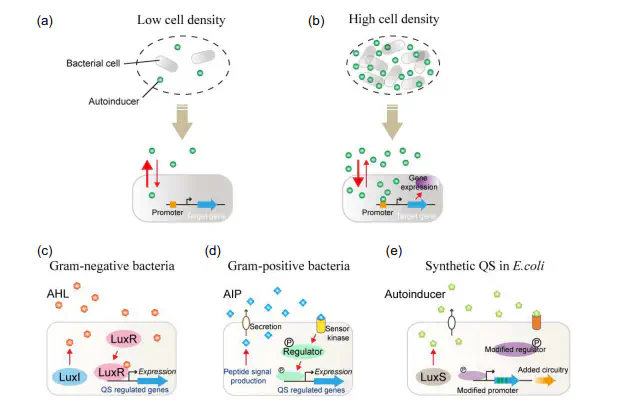Morphological quantification of proliferation to invasion transition in tumor spheroids

Abstract
Quorum sensing (QS) refers to the cell communication through signaling molecules that regulate many important biological functions of bacteria by monitoring their population density. Although a wide spectrum of studies on the QS system mechanisms have been carried out in experiments, mathematical modeling to explore the QS system has become a powerful approach as well. In this paper, we review the research progress of network modeling in bacterial QS to capture the system’s underlying mechanisms. There are four types of QS system models for bacteria the Gram-negative QS system model, the Gram-positive QS system model, the model for both Gram-negative and Gram-positive QS system, and the synthetic QS system model. These QS system models are mostly described by the ordinary differential equations (ODE)or partial differential equations (PDE) to study the changes of signaling molecule dynamics in time and space and the cell population density variations. Besides the deterministic simulations, the stochastic modeling approaches have also been introduced to discuss the noise effects on kinetics in QS systems. Taken together, these current modeling efforts advance our understanding of the QS system by providing systematic and quantitative dynamics description, which can hardly be obtained in experiments.